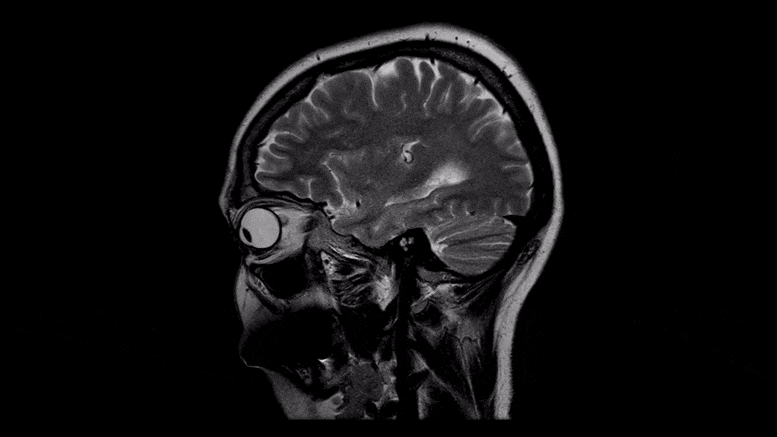
COVID-19 can lead to a broad range of neurologic complications including stroke, seizures, movement disorders, inflammatory diseases and more, even in moderate cases, according to a new study published in the December 9, 2020, online issue of Neurology® Clinical Practice, an official journal of the American Academy of Neurology.
“We looked at people with neurologic symptoms and COVID at a racially and socioeconomically diverse hospital and found a wide range of neurologic complications — spanning inflammatory complications, stroke, and other vascular conditions, metabolic problems, exacerbation of underlying neurologic conditions, and more,” said study author Pria Anand, M.D. of Boston University School of Medicine in Massachusetts and a member of the American Academy of Neurology. “Yet the majority of these people did not require critical care, suggesting that neurologic complications may be common in people with moderate COVID-19 as well as those with severe disease.”
The study involved 74 people who between April 15 and July 1, 2020, tested positive for COVID-19 and were evaluated for various neurologic conditions at a large hospital serving underserved, low-income, and elderly people in Boston, Mass. The average age was 64. A total of 47 people had a prior history of neurologic disease.
At the time of hospitalization, 18 people had strokes, 15 had seizures and 26 people had a type of brain dysfunction that causes confusion and delirium. Seven people had movement disorders, including five people with myoclonus, which involves sudden, brief twitching of the muscles. Three people had traumatic brain injuries due to falls in their homes after developing COVID-19. One person had signs of developing autoimmune encephalitis, a rare, complex disease where the body’s immune system attacks itself, yet these symptoms improved after the person received corticosteroids.
Ten people died in the hospital. The people who survived had moderately severe disability, on average, at the time they left the hospital, compared to mild disability before their hospitalization. A total of 27 people were able to return home with or without home health services, 20 went to skilled nursing facilities, including 11 who had previously been living at home, and nine went to acute rehabilitation centers, including eight who had been living at home. Three people went to long-term acute care hospitals and five people were entered into hospice, either at home or as an inpatient.
“More research is needed to fully understand the breadth of neurologic complications associated with COVID-19 infection,” Anand said. “In addition, while our study included a high proportion of persons from underserved racial and ethnic groups and we know that COVID-19 disproportionately affects these populations, our study did not include enough people overall and enough people affected by each neurologic condition to assess any relationships between factors such as race and ethnicity, health care access and housing and people’s neurologic outcomes. We plan to conduct additional studies to help determine what factors may either predispose people to neurologic complications or protect them from these complications, with the goal of using the results to help identify people at highest risk and look for prevention methods.”
A limitation of the study was that some people with neurologic complications were not evaluated by or admitted to neurology or neurocritical care services, so they were not included in the analysis. These could have included people with mild neurologic symptoms as well as critically ill people who received a limited neurologic exam.
Reference: “Neurologic findings among inpatients with COVID-19 at a safety-net US hospital” by Pria Anand, Lan Zhou, Nahid Bhadelia, Davidson H. Hamer, David M. Greer and Anna M. Cervantes-Arslanian, 9 December 2020, Neurology Clinical Practice.
DOI: 10.1212/CPJ.0000000000001031
The study was supported by the Grinspoon Junior Faculty Research Grant.
2 Comments
‘…More research is needed to fully understand the…neurological complications associated with COVID-19 infection,’ Anand said. I say “Internet Click Bait.” Admittedly, the data was insufficient and skewed, as they truthfully added.
very good thanks